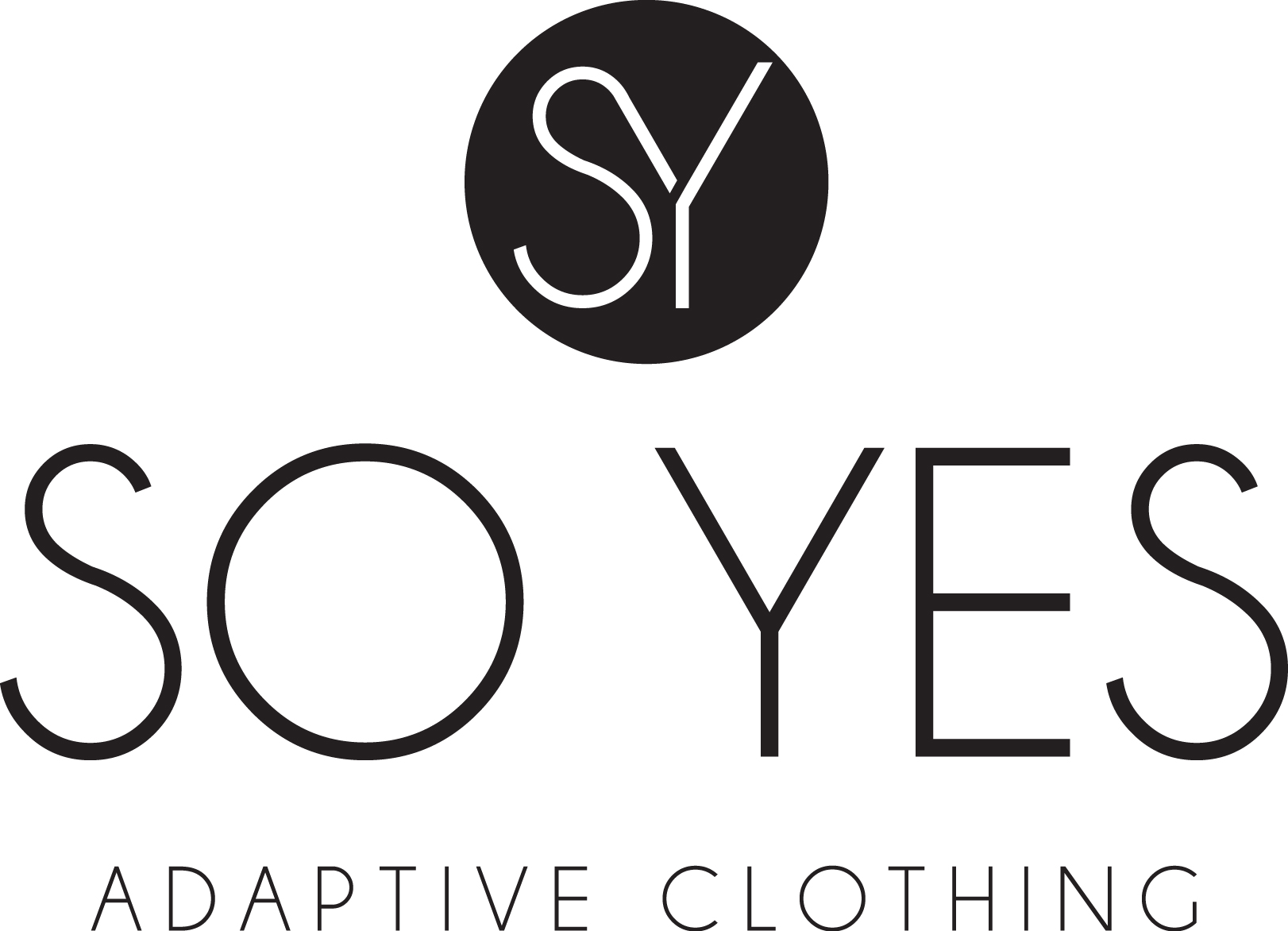Filip Schepens, father of two sons, works as an occupational therapist in his own practice Ergo-Droom. In his spare time, he trains a football team for children with cerebral palsy, works as a volunteer in Ergotherapie Vlaanderen and First Line Zone Ghent. A man with ambition and especially a lot of passion for his profession!
You specialise in treating children with developmental disabilities and have even founded a CP+ football club. Why the specific interest and dedication to that target group?
As a child, I came into contact with young people in wheelchairs or with disabilities from a very early age; my mum worked in an MPI and so often came across these young people. I studied occupational therapy and did my thesis on the positioning of children with cerebral palsy (CP for short).
In 2005 I myself became a father of a son with cerebral palsy, so in addition to being a care provider, I was suddenly also an "experience expert" as a parent.

Which actions are difficult for these children?
This depends very much on their disability. Are they wheelchair-bound or not, are they paralysed half-sided or are all four limbs affected, do they have splints, AFO’s, etc.?
For children with cerebral palsy, dressing and undressing is not always easy, but even if parents help them, it is sometimes a "struggle".
- How do you get an arm or leg that is less mobile into a jacket, jumper or trousers?
- How do you get an arm that is in a splint through a sleeve?
- How do you get trousers over leg splints?
- How do you close a garment one-handed (trousers, jacket)?
- How do you put on socks one-handed and with muscle shortening and spasticity?
- How do you pull up your trousers if you need two hands for support when standing up?
Some even have two different shoe sizes, because one foot is in a leg splint and is therefore 2 or 3 sizes bigger. And so on.
As an occupational therapist, how do you support children with cerebral palsy in their independence?
Everything starts from the holistic vision that we have as occupational therapists. From the Ergo-Dream practice, we like to start from people's "dreams", all kinds of things that young people would like to be able to do themselves.
Someone would like to be able to put on a coat, someone would like to put on trousers. In the first instance, we take the person's possibilities as our starting point. Then we see what is difficult, where help or adjustments are needed. I often notice that help should preferably be as minimal and as invisible as possible. Young people with cerebral palsy want to be "normal".
Sometimes standard solutions are not what young people want. For example, I had a young person where the problem of leg splints was solved by jogging trousers. But he wanted "normal" trousers like everyone else in his class. So we started looking for the type of trousers that would work. Unfortunately, that was the year that skinny jeans became popular and he fell by the wayside again.
Sometimes we use tools or call in mothers, grandmothers, fathers and grandfathers for sewing and so on. But very often we are happy with initiatives of companies like So Yes, where things are already ready. There we can test and see what works and buy the right thing.
What role can clothing play in the independence of a child with CP?
For them, it is often a part of who they are; as with any young person, your appearance is important. If everyone else is wearing jeans, you want them too. Children with cerebral palsy are therefore no different from other children. They want to be able to put their clothes on independently and not depend on Mum, Dad or other caregivers.
They often stand out because they wear leg braces, an arm or hand splint or are in a wheelchair, so looking "normal" is a logical choice. Just think of the example above where the young person did not want jogging trousers but normal trousers.
So I was very happy that Tommy Hilfiger came up with a line for children with a disability, so suddenly there was also "brand clothing".

There is also, for example, Nike that designed adapted football boots that you can put on one-handed. Beautiful examples of inclusion.
What items of clothing or characteristics of clothing do you recommend for children with cerebral palsy?
Above all it has to be clothing that is usable, that works for their disability, partly tailor-made, but also normal and fashionable.
So for the leg splints no skinny trousers, for the arm and hand splints the sleeves should be a bit wider. Clasps should be handy, large enough so that they can also be used with reduced mobility.
Handy buttons, handy zips, things you specialise in with So Yes often offer a solution.

How can we use clothing to contribute to the well-being of children with CP?
Children who already look a little different because of their wheelchair (which they often pimp with spokeshields, fun colours, etc.), because of their splints (hand, arm, leg), want to be themselves. They often want to have their own style, they often just want to be normal.
The fact that they can buy clothes that do not need to be adjusted, that are also normal and fashionable, whether or not they wear brand name clothes, means that they can have an identity. That they can express themselves and especially be themselves.
Do you have questions about this subject? Do not hesitate to contact Filip.

